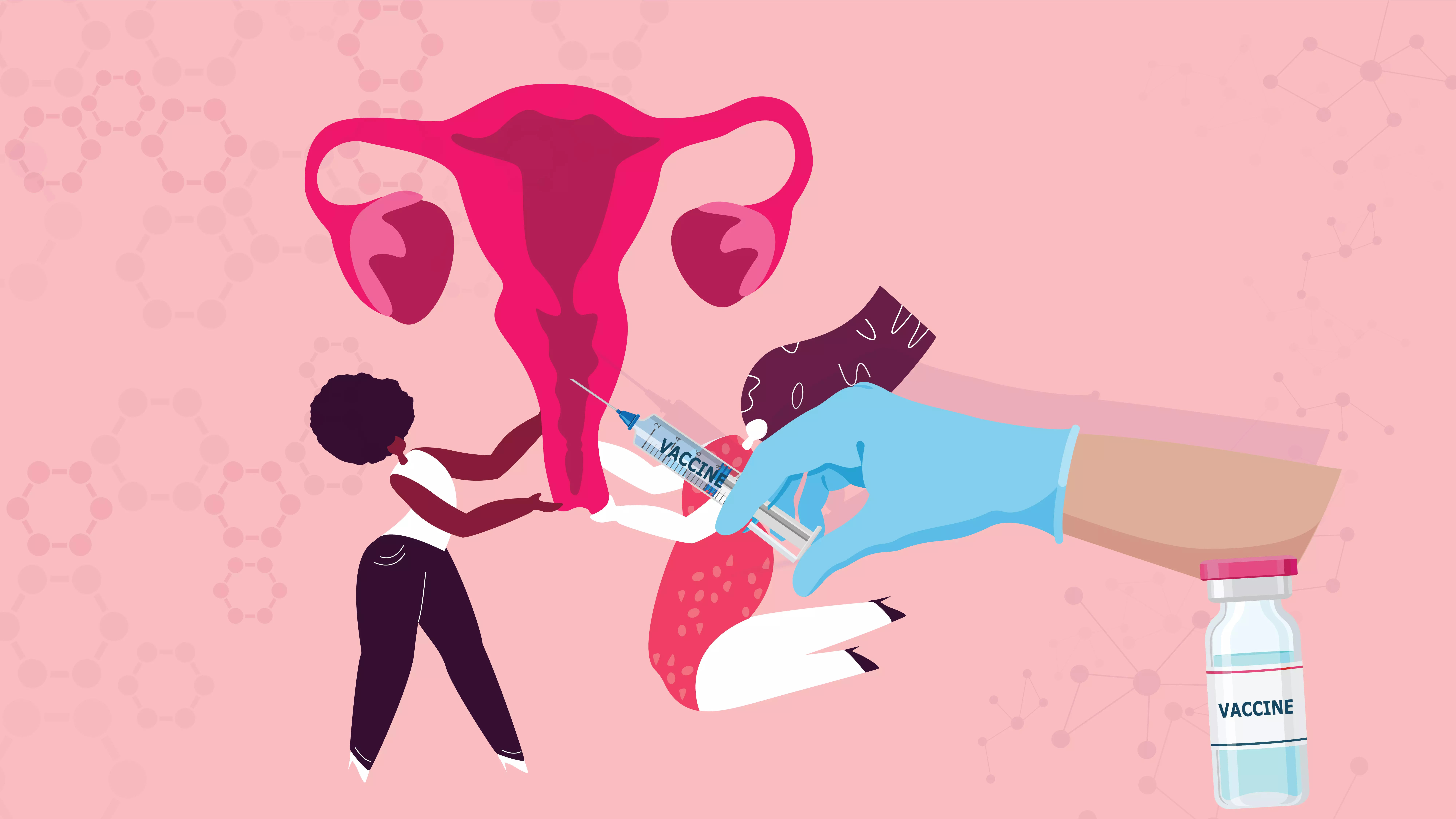
Homegrown solution to India's cervical cancer dilemma
India's first indigenously developed quadrivalent HPV vaccine, Cervavac, has the potential to improve vaccine access and revolutionise cervical cancer prevention in low- and middle-income countries

The cost and subsequent shortage of HPV vaccines has put preventing cervical cancer out of reach of many countries like India. But that may be about to change.
It's an almost entirely preventable disease but cervical cancer kills one woman in India every seven minutes.
That represents 21 percent of global cervical cancer deaths, and makes it the second most common cancer in Indian women with 125,000 women being diagnosed and over 75,000 dying from the disease in India each year.
Emergence of HPV vaccines
Vaccinating people against the human papillomavirus or HPV which causes the vast majority of cervical cancer cases is a highly effective way of preventing the disease.
HPV vaccines were first introduced in 2006 in the United States, and Australia became the first country to roll out a national vaccination programme the following year.
But until recently the cost of the vaccines — as much as 4,000 rupees for a single dose with usually at least two doses required — has put preventing cervical cancer this way out of reach of most low- and middle-income countries across the world, including India.
First indigenously developed vaccine
Launched in September 2022, India's first indigenously developed quadrivalent HPV vaccine, Cervavac, has the potential to improve access to vaccines and revolutionise cervical cancer prevention in these countries.
Developed by the Serum Institute of India, one of the largest vaccine producers in the world, it's currently priced at half of the cost of its competitors Merck & Co's Gardasil and GlaxoSmithKline's Cervarix at 2,000 rupees per dose with plans announced to produce 200 million doses.
But as production is scaled up the Institute hopes to be able to make a dose of Cervavac available to the public at a price of between ₹200-400 in the near future.
Government's initiative
The vaccine alliance Gavi signed a new three-year partnership with the Indian government in February 2023, with the aim to extend life-saving vaccines to millions of children nationwide, including helping the country introduce the HPV vaccine into India's national immunisation regimen.
And in February 2024, the government announced the vaccine would be part of the Universal Immunization Program, following endorsement from the National Technical Advisory Group on Immunization.
During her recent interim budget speech for 2024-25, Indian finance minister Nirmala Sitharaman emphasised the government's commitment to actively "encourage" vaccination as a proactive measure against cervical cancer — a significant announcement for women's health in India.
It hasn't only been affordability that has hindered the widespread adoption of HPV vaccines in India.
Safety and efficacy
When Merck & Co's and GlaxoSmithKline's HPV vaccines were introduced in India in 2008 there was controversy around the safety and efficacy of Gardasil and Cervarix.
This controversy around the vaccines was compounded by cultural and societal factors, including the fear that they would lead to sexual promiscuity, contributing to vaccine hesitancy.
In the north-eastern Indian state of Sikkim's initial vaccination drive in 2018, 119 minor and one serious adverse events following immunisation were reported. In the subsequent campaign in 2019, there were 83 minor and three serious cases. This sparked heated debates about the vaccines and raised public apprehension.
Out of the many women who were immunised, four deaths were recorded. However, subsequent investigations concluded that these deaths were unrelated to the vaccine, emphasising the importance of thorough investigation and scientific scrutiny.
Recent studies of India's Cervavac vaccine show initial antibody responses to the vaccine are on par with initial responses to Gardasil. Follow-up studies will be required to evaluate how long-lasting and hence how durable this protection is.
It also remains to be assessed whether a single dose of Cervavac would provide a sufficient and durable immune response. This follows the World Health Organization's recommendation of a single-dose schedule for other HPV vaccines, which would further reduce the cost of HPV vaccination.
Increasing vaccination coverage
As the global focus shifts towards eliminating cervical cancer as a public health problem, increasing vaccination coverage, particularly in low- and middle-income countries, is a crucial step towards ensuring the World Health Organization's target of 90 percent of 15-year-old girls vaccinated with the HPV vaccine is achieved by 2030.
Currently Australia is on track to be the first country in the world to eliminate cervical cancer, with modelling suggesting this could occur by 2035. But there are promising signs other countries in the Indo-Pacific could soon follow suit if health inequities can be overcome.
Strong vaccination programmes work best alongside strong cervical screening programmes. Now that the vaccine is available, the need of the hour is to significantly enhance awareness, screening, and vaccination programs.
The introduction of HPV vaccines nearly 20 years ago marked a significant milestone in the global fight against cervical cancer, offering a safe and effective means of prevention.
Moving forward, it is crucial to address barriers to vaccine access and ensure vaccine safety to pave the way for a future free of this disease.
By addressing barriers to vaccination access and expanding other preventive measures like screening, countries like India can continue to make strides in reducing the burden of cervical cancer and save potentially thousands of women's lives.
Continued collaboration, innovation, and advocacy will be paramount to make cervical cancer a preventable and treatable disease for all.
(Written by VS Chauhan, Institution of Eminence University of Delhi. Originally published under Creative Commons by 360info.)

